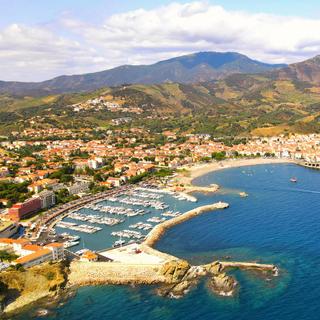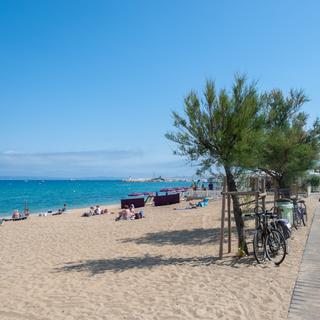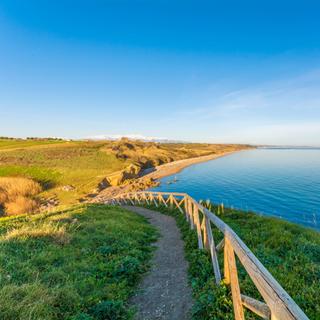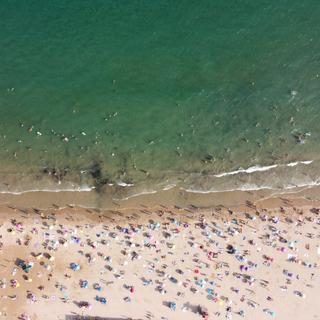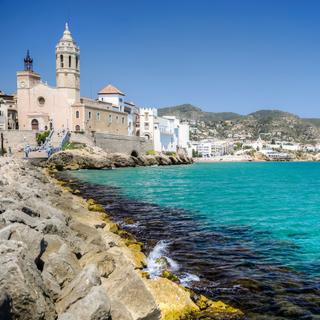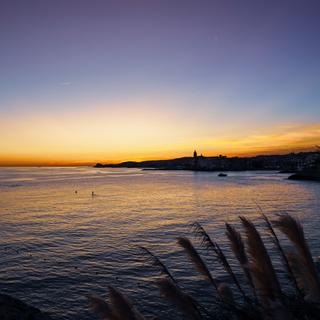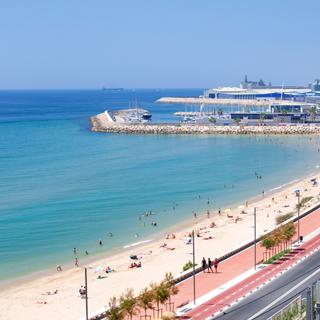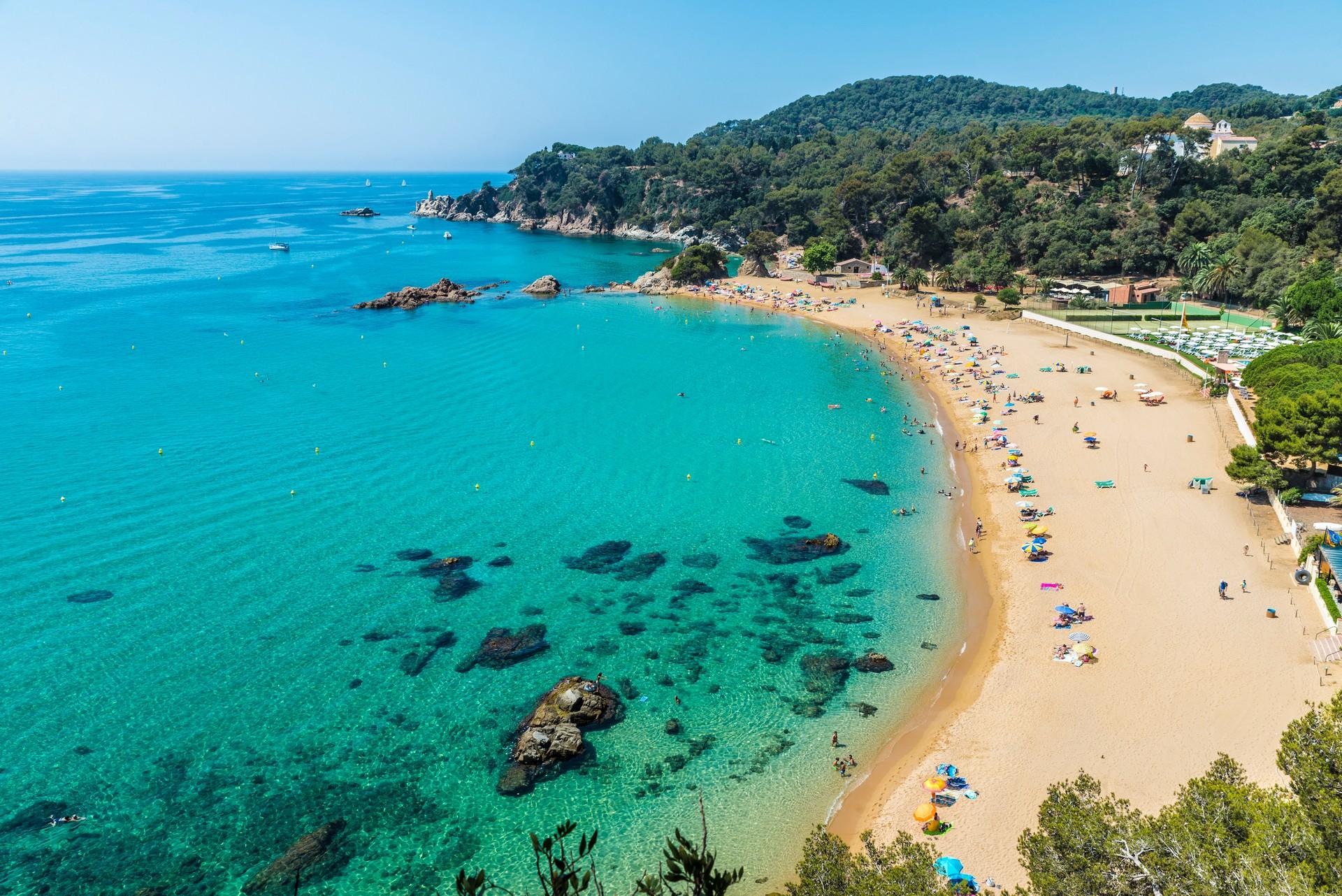
Lloret de Mar weather and climate

Lloret de Mar weather and climate
Day
28 °C
Night
20 °C
Sea
24 °C
Precipitation
44 mm
in month
Rainy days
5 days
in month
Daylight
14 hours
average
Sunshine
8 hours
average
Humidity
70 %
Weather charts for Lloret de Mar
Destinations nearby and activities
Destinations nearby
Activities in Lloret de Mar

Find more destinations like this
Destinations with similar weather to Lloret de Mar
Other destinations in Catalonia - Spain
Closest cities for Lloret de Mar
Weather overview for Lloret de Mar
Weather overview
In Lloret de Mar, situated in Spain, the climate tends to be warm and inviting for most of the year. Daily temperatures can range between a cool 13 °C (55 °F) in the chilly month of January to a balmy 28 °C (82 °F) during the peak of summer in July. The dry period is typically marked in July when there are as few as 4 days of precipitation, in contrast to the wet season in April, with 8 days of rainfall. Temperatures of the sea exhibit noticeable yearly fluctuation, from a low of 13 °C (55 °F) in the frigid month of February to a high of 24 °C (76 °F) in the warm waters of August. Concurrently, the milder night temperatures hit a minimum of 6 °C (43 °F) in January, with the peak warmth occurring in July at 6 °C (43 °F).
January weather
In January, a gradual increase in sun hours is beginning, while both the sea and daytime temperatures are at their lowest, measuring 13 °C (56 °F) and 13 °C (55 °F) respectively. An initial uptick in rainy days is also noted, with night temperatures reflecting winter's grasp at 6 °C (43 °F).
February weather
February sees the sea temperature at its minimum of 13 °C (55 °F) in Lloret de Mar. A noticeable increase in sunlight hours to 5 hours mirrors the subtle wind speed reduction.
March weather
As March arrives, a trend of rising temperatures is witnessed, with days warming up to 15 °C (59 °F) and nights to 8 °C (47 °F). A gradual increase in rainfall is starting.
April weather
April in Lloret de Mar is marked by a continued rise in day temperatures to 17 °C (63 °F) and sea temperatures too. Rainfall peaks with 8 days of precipitation. The growing sunlight hours reach 6 hours.
May weather
May's climate is characterized by a steady increase in day temperatures and sea warmth, paralleled by rising sunlight hours at 7 hours and the peak wind speeds of the year.
June weather
June's welcoming temperatures average 25 °C (77 °F) by day, with the sea following suit at 20 °C (67 °F). Rainfall diminishes as summer approaches. Night temperatures average 17 °C (63 °F).
July weather
The peak of summer in July sees day temperatures reaching their zenith at 28 °C (82 °F). The sea radiates warmth at 23 °C (73 °F), and sun hours are at their annual high, alongside minimal rainy days.
August weather
During the height of the tourist season in August, the sea remains warm at 24 °C (76 °F). A slight increase in wet days to 5 days is observed, coupled with a modest decline in sun hours.
September weather
September signals the onset of the day and sea temperatures' descent, recording 24 °C (75 °F) and 23 °C (73 °F) respectively. Rainy days see a slight uptick, while sunlight hours decrease to 6 hours.
October weather
The diminishing day temperatures in October resonate with the sea's cool down to 20 °C (67 °F). Concurrently, the peak of rainfall of 86 mm (3.40 in) appears. The receding night temperatures average 14 °C (57 °F) and sunlight hours lessen.
November weather
In November, a further drop in day temperatures to 16 °C (62 °F) accompanies the sea's chill, now at 17 °C (62 °F). The decrease in wet days begins, alongside falling rainfall numbers and dipping night temperatures. Humidity peaks this month.
December weather
December invites the gradual fall of day temperatures to 14 °C (56 °F) and sea temperatures to 14 °C (58 °F). The trend of lessening rainy days persists, as does the drop in rainfall. Night temperatures continue their decline, while sun hours reach a yearly low.
FAQs
What is the range of sea temperature variation in January?
The sea temperature in January hovers around a cool 13 °C (56 °F).
What can be said about the wind conditions in February?
A gentle breeze prevails in February, with the lowest wind speeds of the year.
How does the length of daylight change in March?
March experiences a lengthening of daylight, extending to an average of 12 hours per day.
How do night temperatures evolve in April?
April nights grow warmer, with temperatures averaging 10 °C (49 °F).
With May's conditions, how would you describe the seasonal progress?
Seasonally, May marks a stride towards warmer days and prolonged sunshine.
What is the trend of rainy days in June?
June brings a decrease in rainy days, down to 6 days for the month.
Is the sea welcoming for swimmers in July?
Absolutely, the sea in July is inviting, with temperatures cresting at 23 °C (73 °F).
How do the wet days in August affect outdoor activities?
With only 5 days of rain, August still favors outdoor ventures and beach trips.
What indicates the end of the peak tourist season in September?
Signaling the end of peak season, September introduces a mild retreat in temperature and daylight.
How is the tail end of the tourist season reflected in October's weather?
October's cooler days, increased rainfall, and reduced sun hours mark the tourist season's drawdown.
What are the nocturnal temperatures like in November?
Nighttime in November brings cooler air, with averages around 10 °C (50 °F).
What shift in weather patterns is December known for?
December is marked by a progressive cooling trend and a decrease in rainfall and sun hours.
